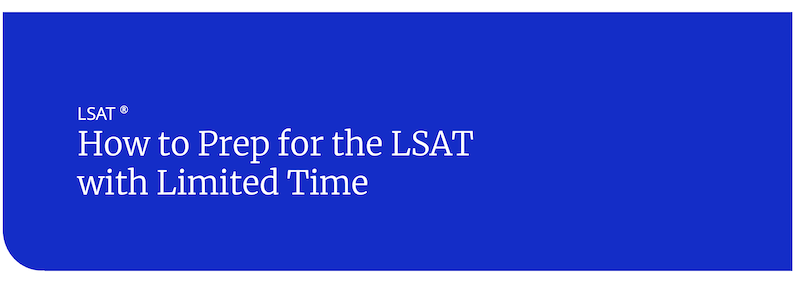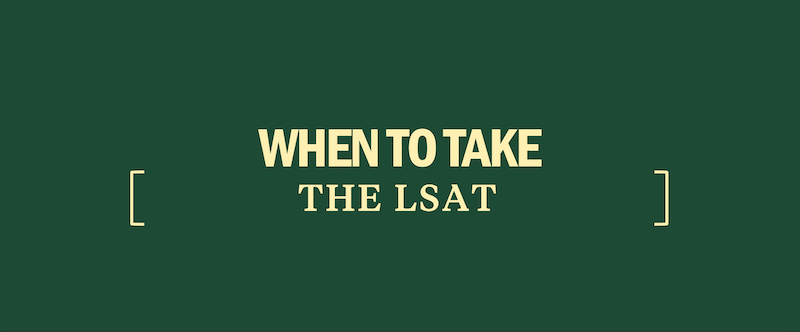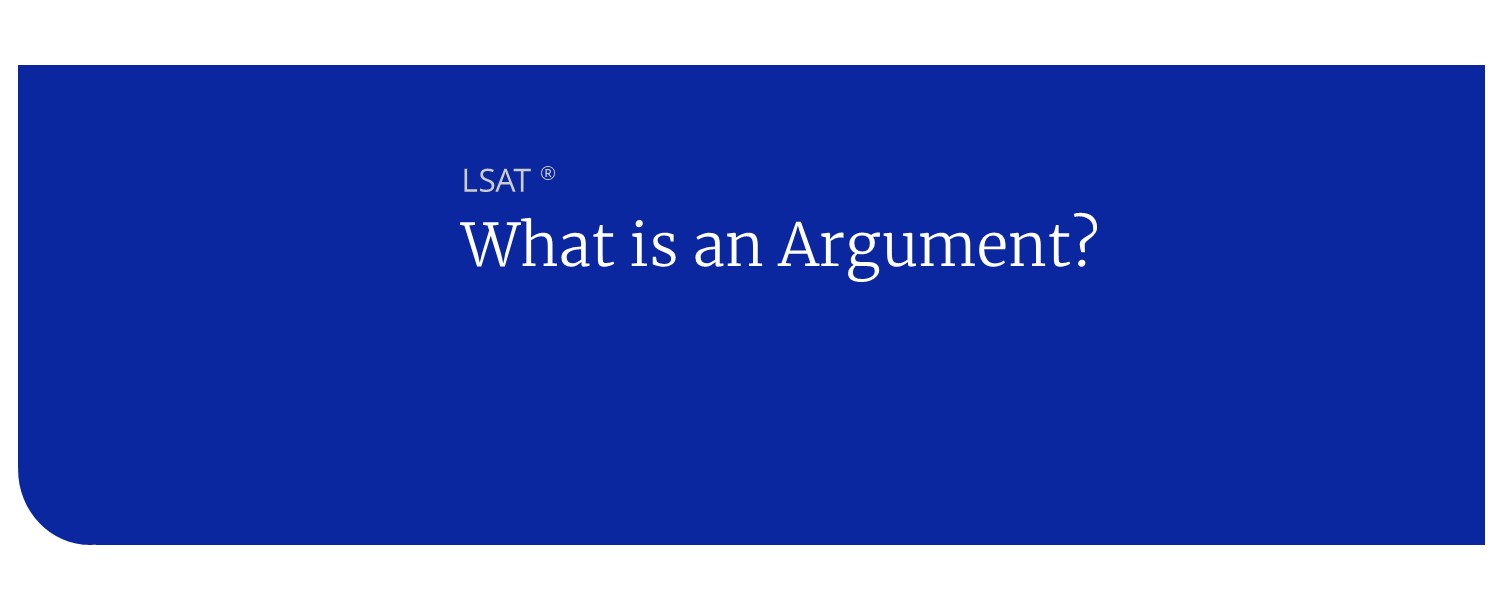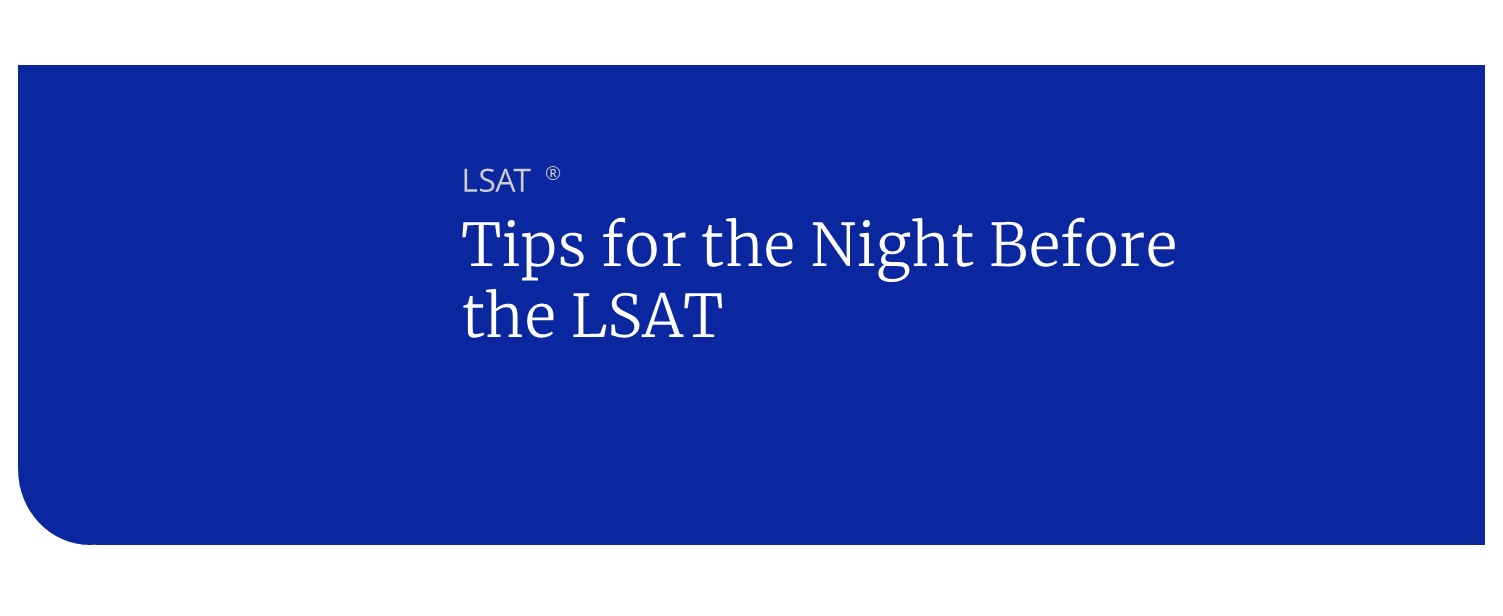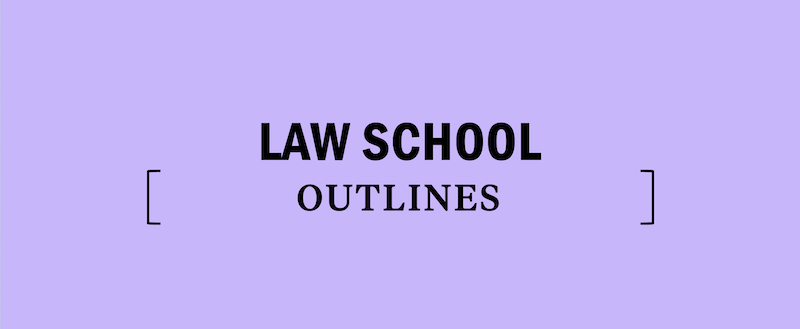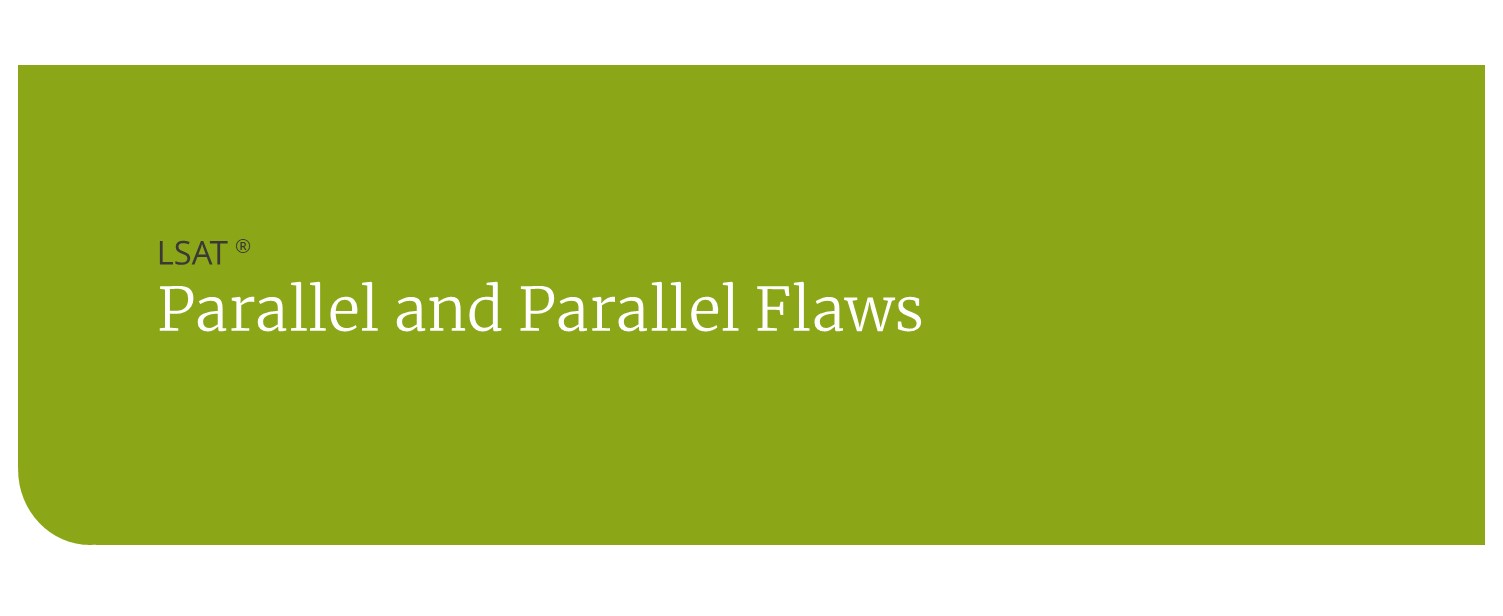Necessary vs. Sufficient LSAT Assumption Questions
LSAT assumption questions are the backbone of the Logical Reasoning section. The argument principles underlying assumption questions form the basis of the whole shebang. It makes sense then that getting really, really good at assumptions will get us to a very good place on Test Day. So it’s time to make an adjustment to your strategy that will rock your logical reasoning world.
Breaking down LSAT assumption questions
Let’s start by identifying the conclusion and evidence to the following faux-LSAT argument-based question, and then predict the assumption.
Go ahead and take a moment to break this example down:
First, the breakdown:
Conclusion: I can watch the movie right now.
Evidence: The movie is three hours long, and I saved it until I could watch the whole thing.
Second, the assumption:
Assumption: I have time to watch the whole thing right now.
Necessity and Sufficiency
Now, if you’ve got this far, excellent. But there is something we can do on Test Day that we could not do in the above sample argument because we don’t have a question stem, and that is to differentiate between two different kinds of assumption questions: necessary and sufficient.
Each of type of LSAT assumption question operates using the same basic principles, but their execution is slightly different—and realizing the difference will make you a much stronger LSAT test-taker by giving you direct access to the test-maker’s point of view and how they put together the Logical Reasoning section as a whole. So, let’s give this whole situation the LSAT expert eyeball, and remember to apply these methods all the time from here on out.
Solving for Necessary Assumption
If this were a necessary assumption question, the question stem would include words like “relies,” “depends,” “requires,” etc., indicating that the answer choice MUST BE THERE for the author to draw a conclusion.
Once we break apart the argument the way we did above, we need to figure out what the author requires to draw the conclusion. Think of the necessary assumption like this:
If the conclusion is true –> the necessary assumption must be true.
Notice that the above if/then statement is formal logic; to really destroy the LSAT, you will need to be conversant in formal logic. Conditional logic underpins a lot of the test, so check those skills out and know them inside and out.
Now make a prediction about what you need—just the bare minimum of what is necessary. For instance, think about how you would answer the following question for The Sound of Music argument:
All three of those answers speak to our prediction because they give us enough time to watch the show. But only one of them MUST be true: A. The only thing that has to be true to draw the conclusion is that at least three hours are open right now.
Answer Choices: As you can see above, tentative wording like “at least” or “some” is preferable to extreme wording like “always,” “never,” “must,” “will,” etc., since we are only looking for the minimum necessary relationship, not everything that could happen.
Necessary assumption questions are actually similar to inference questions, since both of them are asking us what must be true. The difference is that inference questions are asking us to draw a correct conclusion from given information and necessary assumptions want us to bridge a gap between given evidence and the author’s conclusion.
Solving for Sufficient Assumption
Sufficient LSAT assumption questions often involve formal logic in the stimulus, so it’s no surprise that the question stem is also often conditional: “The conclusion above follows logically if which one of the following is assumed?” When we don’t see any necessary indicators in an assumption question stem, we are dealing with a sufficient assumption.
Imagine that The Sound of Music question is a sufficient assumption type. First, we should untangle the argument, the same way we did above. If your formal logic sensors have been buzzing, it’s because “sufficient assumption” should already be pushing us to thinking:
If the sufficient assumption is true –> the conclusion is true.
So our task is to figure out which answer choice triggers the conclusion—which could be as small as the necessary assumption or much broader, since an extreme answer choice still guarantees the conclusion.
If we examine the answer choices from the necessary assumption version of this question:
ALL of these answers would work for a sufficient assumption question. They all trigger the conclusion that I can watch the movie right now.
To make a prediction, keep it broad and look out for chains of conditional formal logic. Often, we see a break between the evidence-related formal logic and the conclusion-related formal logic that needs to be bridged. Keep in mind how these work and know how extreme these answers can get.
Though they’re bad for necessary assumption questions, extreme answer choices are actually great for sufficiency, so target them right away. Be wary of answers outside the scope of the question and answers that mis-translate formal logic.
Understanding how to answer sufficiency LSAT assumption questions can help you on strengthen questions as well, as these are essentially more specific forms of sufficient assumption. The correct answer choice to a strengthen question should trigger the conclusion.

